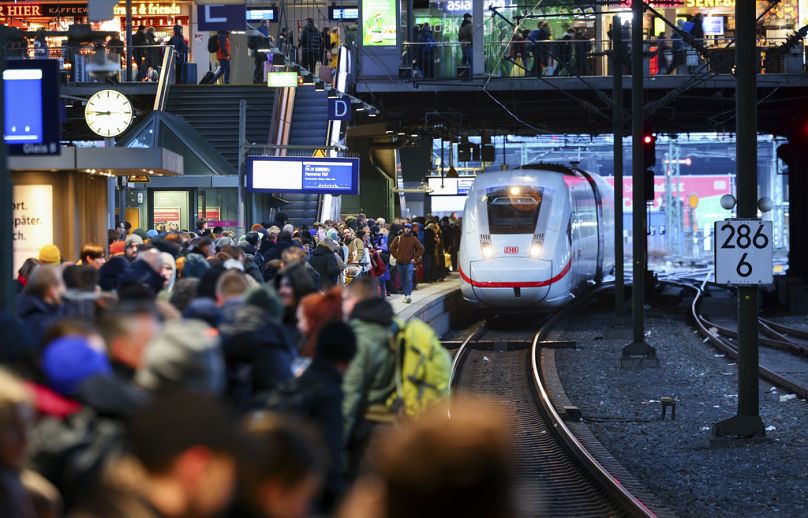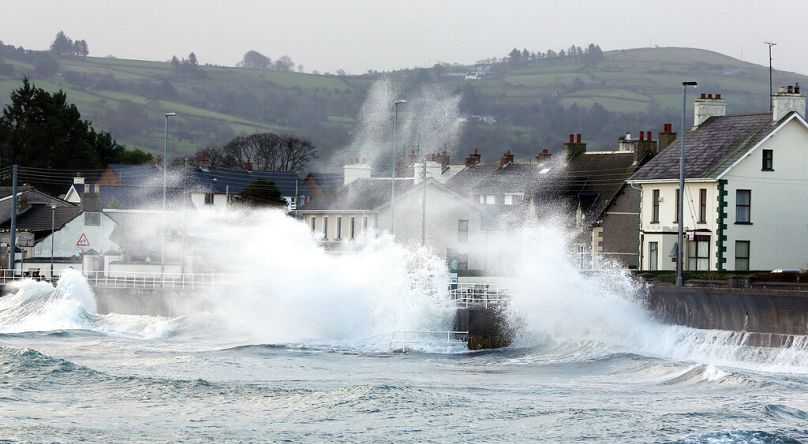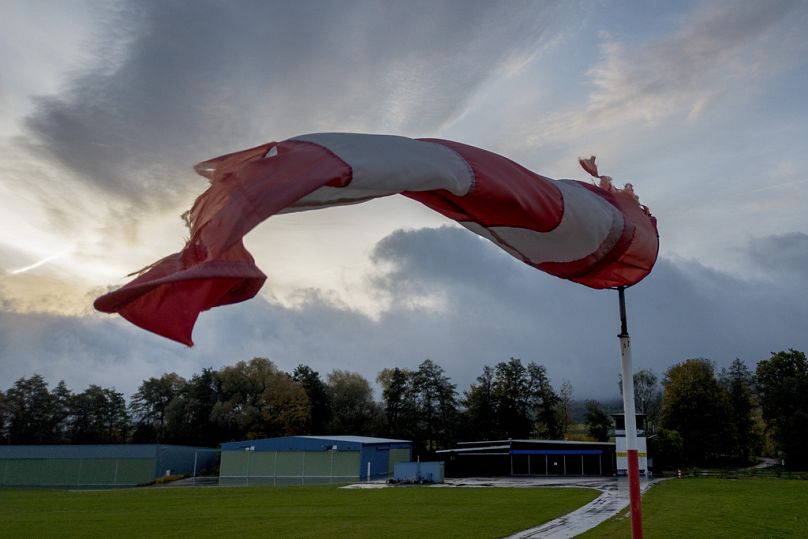We might never have the tech to tame a tempest, but we know about the hazards that trigger power outages and now we have the capability to manage them in granular detail, Taco Engelaar writes.
Brace. That’s the blanket instruction we’re given each time a storm approaches.
Brace for train disruption, brace for property damage, brace for unsecured objects taking flight.
So people change their travel plans, they move their car into the garage, and they tie down their garden furniture.
But how do people brace for something as out of their control as a blackout? How do you brace for darkness?
In what’s been a relentless season of storms, we have seen power cuts on a huge scale. Just last month, more than 230,000 households in Ireland suffered outages.
Alongside the scale of these power cuts, there’s also the issue of the frequency. Some regions are repeatedly experiencing blackouts, and when Storm Jocelyn hit, many were still reeling from Storm Isha.
One English county, Cumbria, has endured consistent mass power cuts for the last three months in a row. When the next storm comes will we instruct them to brace again?
We can stock up on candles and torches, but there is very little that can ease the distress of being left without power for an undetermined period.
Over time, this distress will become weariness and ‘blackout fatigue’ will take hold across Europe.
Fatigue undermines resilience
The need for resilience is often spoken about in the fight against climate change. This is usually used in reference to infrastructure or agriculture, but it applies just as much to people.
The tangible effects of the environmental crisis are starting to be seen and individuals are increasingly being asked to lead more environmentally friendly lives.
It’s clear that some sacrifices will need to be made in the face of such an existential threat. But people need to feel empowered to make a difference, not worn down by the dark. Every preventable outage chips away at resilience.
Power loss should not be seen as an unfortunate but inevitable consequence of extreme weather.
It minimises the experiences of those routinely left in the dark and wrongly suggests that nothing can be done.
We aren’t powerless against power cuts
Climate change is causing extreme weather events to become more intense and more frequent – and governments are struggling to keep pace with the demand for preventative measures, like flood defences.
But storms are not a new phenomenon. We have gathered enough data over the years to identify the common causes of power cuts like vegetation falling onto power lines. Some 85,000 households in the UK had their supply impacted by falling trees during 2021’s Storm Arwen, for example.
Yet, three years on, "Fallen tree triggers widespread power cuts" remains a familiar headline. Over 170,000 households in England and Wales lost power during Storm Henk in early January, largely attributed to uprooted trees.
Each storm offers a chance to learn and adapt the way we brace for the next — and we’ve had plenty of opportunities to educate ourselves over the last few years.
But instead of action, we opt for reactive measures that won’t make a difference when the next week’s storm blows in.
Bracing pylons, not people
There is a better way. New technologies like "digital twin" modelling and AI can help us get ahead of climate risks and significantly mitigate damage.
These virtual models can identify hazards, like trees encroaching on power lines, and embed proactivity into our approaches.
AI can even automate vegetation management based on predictions around the growth rate of individual species of trees and flag when trees must be cut back.
This technology can also provide utilities with highly accurate simulations of weather events.
In the case of a storm, a digital model can simulate how high winds and flash floods will interact with a digitally modelled landscape and predict how infrastructure will behave – from anticipating water damage to conductors and spotting weak spots in our systems to identifying when to de-energise lines and prioritise supply to key sites like hospitals.
Crucially, these models can also help to restore power safely and quickly by charting a safe path through treacherous conditions for engineers on the ground. For families and businesses waiting in the dark, speed and certainty is everything.
And, as weather patterns become more unpredictable worldwide these technological advancements can be applied to other kinds of extreme events, like wildfires and blizzards.
Stormy days ahead
We need to be stress-testing our infrastructure, not our citizens. The more we leave people without power, the more powerless they will feel staring down the climate crisis.
We might never have the tech to tame a tempest, but we know about the hazards that trigger power outages and now we have the capability to manage them in granular detail.
These tools can restore meaning to "bracing" for storms.
We have to embrace them and harness accrued knowledge to get prepared – and we have to do it before the next storm season rolls around.
Taco Engelaar is an energy infrastructure expert and Managing Director at Neara.
At Euronews, we believe all views matter. Contact us at view@euronews.com to send pitches or submissions and be part of the conversation.














